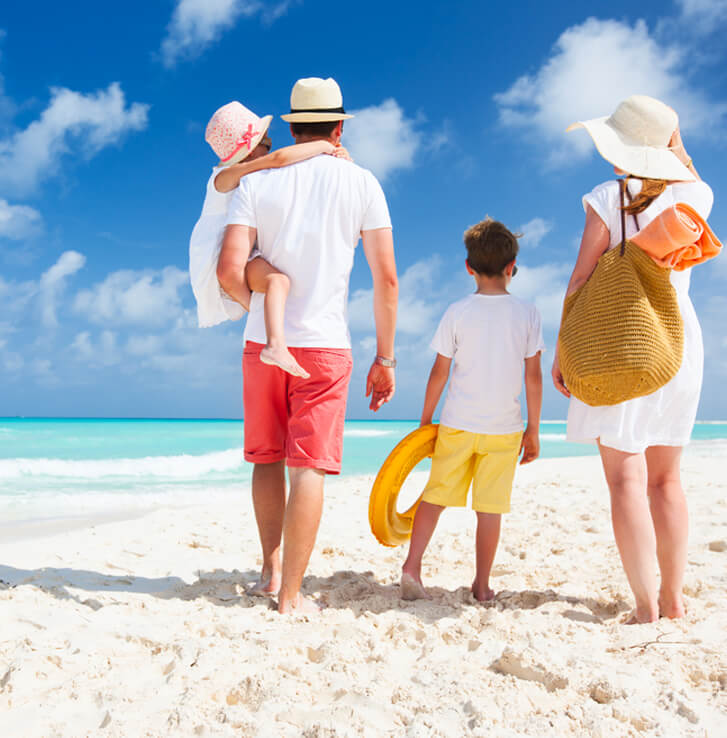Information & FAQs
Dangerous Goods
- Travel Safe: Flyer: https://www.airmauritius.com/mkexperience/beforeutravel/TravelSafe.pdf
- Travel Safe: FAQ: https://www.airmauritius.com/mkexperience/beforeutravel/TravelSafeFAQ.pdf
Lithium ion Batteries
- Flyer: https://www.airmauritius.com/mkexperience/beforeutravel/MKlithium.pdf
- FAQ: https://www.airmauritius.com/mkexperience/beforeutravel/BatteriesFAQs.pdf
For more information, please contact us, or view our Conditions of Carriage.
Items Permitted In Both Hand Baggage And Checked Baggage
- Carbon dioxide, solid (dry ice) in quantities not exceeding 2.5 kg (5 lb) per passenger when used to pack perishables, not subject to the Dangerous Goods Regulations, in checked baggage or hand baggage, provided the package permits the release of carbon dioxide gas. Operator approval is required. Dry ice in checked baggage must be marked « dry ice » or « carbon dioxide, solid » with the indication that the net weight is 2.5 kg or less.
- Avalanche rescue backpack, one (1) per passenger, equipped with a pyrotechnic trigger mechanism containing less than 200 mg net of Division 1.4S and less than 250 mg of compressed gas in Division 2.2. The backpack must be packed so it cannot be accidentally activated. The airbags within the backpacks must be fitted with pressure relief valves.
- Insulated packages containing refrigerated liquid nitrogen (dry shipper), fully absorbed in a porous material and intended for transport, at low temperatures, of non-dangerous products are not subject to these regulations provided the design of the insulated packaging would not allow the build-up of pressure within the container and would not permit the release of any refrigerated liquid nitrogen irrespective of the orientation of the insulated packaging.
- Non-flammable gas cylinder fitted into a life jacket containing carbon dioxide or other suitable gas in Division 2.2, up to two (2) small cylinders per passenger, and up to two (2) spare cartridges.
- Oxygen or air gaseous, small cylinders required for medical use. Aerosols in Division 2.2, with no subsidiary risk, for sporting or home use.Non-radioactive medicinal or toilet articles (including aerosols) such as hairsprays, perfumes, colognes and medicines containing alcohol. The total net quantity of these articles must not exceed 2 kg (4.4 lb) or 2 liters (4 pints), and the net quantity of each single article must not exceed 0.5 kg (1 lb) or 0.5 liter (1 pint). Release valves on aerosols must be protected by a cap or other suitable means to prevent inadvertent release of content.
- Alcoholic beverages, when in retail packaging, containing more than 24% but not more than 70% alcohol by volume, in receptacles not exceeding 5 liters, with a total net quantity per person of 5 liters.
- Non-flammable, non-toxic gas cylinders worn for the operation of mechanical limbs and spare cylinders of a similar size to ensure adequate supply for the duration of the journey. Consumer electronic devices containing lithium or lithium ion cells or batteries, such as watches, calculating machines, cameras, cellular phones, laptop computers, camcorders, when carried by passengers or crew for personal use.
- Hair curlers containing hydrocarbon gas, up to one (1) per passenger or crew member, provided that the safety cover is securely fitted over the heating element. They may not be used on board the aircraft at any time. Gas refills for hair curlers are not permitted in hand baggage or checked baggage.
- Medical or clinical thermometer, which contains mercury, one (1) per passenger for personal use and must be in a protective case.
For more information, please contact us, or view our Conditions of Carriage.
Liquids, Aerosols, And Gels (Lags)
For security reasons, most airports apply restrictions to the carriage of liquids, aerosols & gels (LAG's) in the aircraft cabin.
LAG's include (but are not limited to):
- Water and other beverages
- Soups, syrups, stews and sauces
- Jams and honey
- Food in sauces or containing a high liquid content
- Creams, lotions, cosmetics and oils
- Perfumes and sprays
- Lipstick and mascara
- Gels, including hair and shower gels
- Contents of pressurized containers, including shaving foam, other types of foams and deodorants
- Pastes, including toothpaste
- Liquid-solid mixtures
LAG's carried for personal use in hand baggage should comply with the following:
- All LAG's should be carried in containers of 100ml (3.4oz or 100g) or less per article. LAG's carried in containers of more than 100ml will not be accepted even if the containers are only partially filled.
- Containers with LAG's should be placed in a transparent re-sealable plastic bag (approximately 20cm x 20cm) of a maximum capacity of 1 litre. The containers should fit comfortably within the transparent plastic bag, which should be completely closed.
- Only one transparent plastic bag is allowed per passenger (adult, child or infant) and must be presented separately for screening.
Example of Packed Lags
Exemptions
The above rules do not apply to the following items:
- Baby food to be consumed during the flight
- LAG's required for medical purposes to be used for the journey, provided you have a prescription or attending physician's statement
- Special dietary requirements - reasonable amounts of foods for special diets such as lactose-intolerant or gluten-intolerant passengers, for consumption during the flight.
Passengers may be asked to provide "proof of authenticity" of an exempted LAG, such as a prescription or a medical certificate issued in the name of the passenger. At security checkpoints, a plausibility check may also be performed whereby the passenger could be invited to sample the items to prove that they are safe.
LAGs Carried By Passengers With Connecting Flights
Passengers with onward connections or travelling on multi-sector flights and having to disembark at intermediate airports and re enter security checkpoints (for example on route London - Mauritius - Perth where passenger destined for Perth needs to transit in Mauritius and disembark/re-embark at Mauritius airport), must comply with the restrictions on LAGs. We therefore recommend that duty-free items are purchased at the last airport of departure or onboard the last sector of the trip. In the event of non-compliance with restrictions, the concerned authorities can seize the LAGs.


